It didn’t take long into our hike before the title of my post popped into my head—beavers and burls. We were at Fort Snelling State Park in the Twin Cities for an outdoor meet-up with Aaron, Zoe, and our niece Stacey. Before we had even crossed the bridge to Pike Island, a beaver tree let us know the permanent residents of the island were busy and hard-working. Lt. Zebulon Pike chose this island for his camp site on his 1805 expedition to explore the upper Mississippi River. He met with Dakota Indian leaders whose people had lived, hunted, fished, and made maple syrup on this island for eons.

Huge Cottonwood trees, with their roots embedded close to the nourishing river shores, were like giants lining the island. And on the huge trees were huge burls. Burls are growths caused by some sort of stress—an injury, insect infestation, virus, or fungus. The abnormal growth contains a plethora of twisted, interlocking knots from dormant buds. The wood is prized for woodworking because of the unusual grain.

Hard work, hardship, building, and healing. The trees were telling us stories.
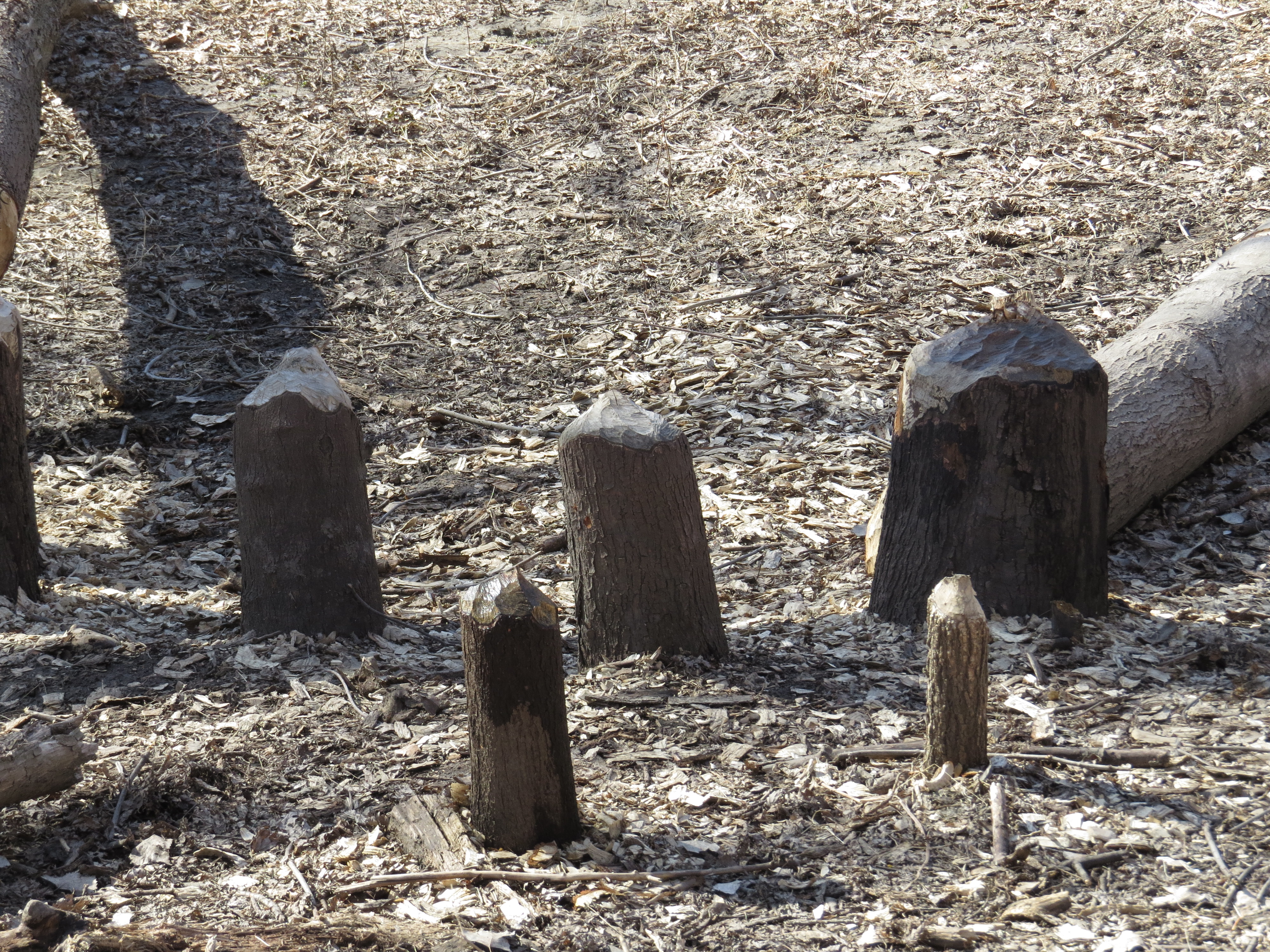



The beavers worked along a tributary of the Minnesota River that cut across and joined the outlet from Snelling Lake to flow into the Mississippi. While we saw many beaver-cut trees, we didn’t see any lodges or dams or beavers, though we knew they were there. Soon we were following the Mississippi River; the River was low from Winter’s scarce snowfall, exposing sandy beaches on both sides.

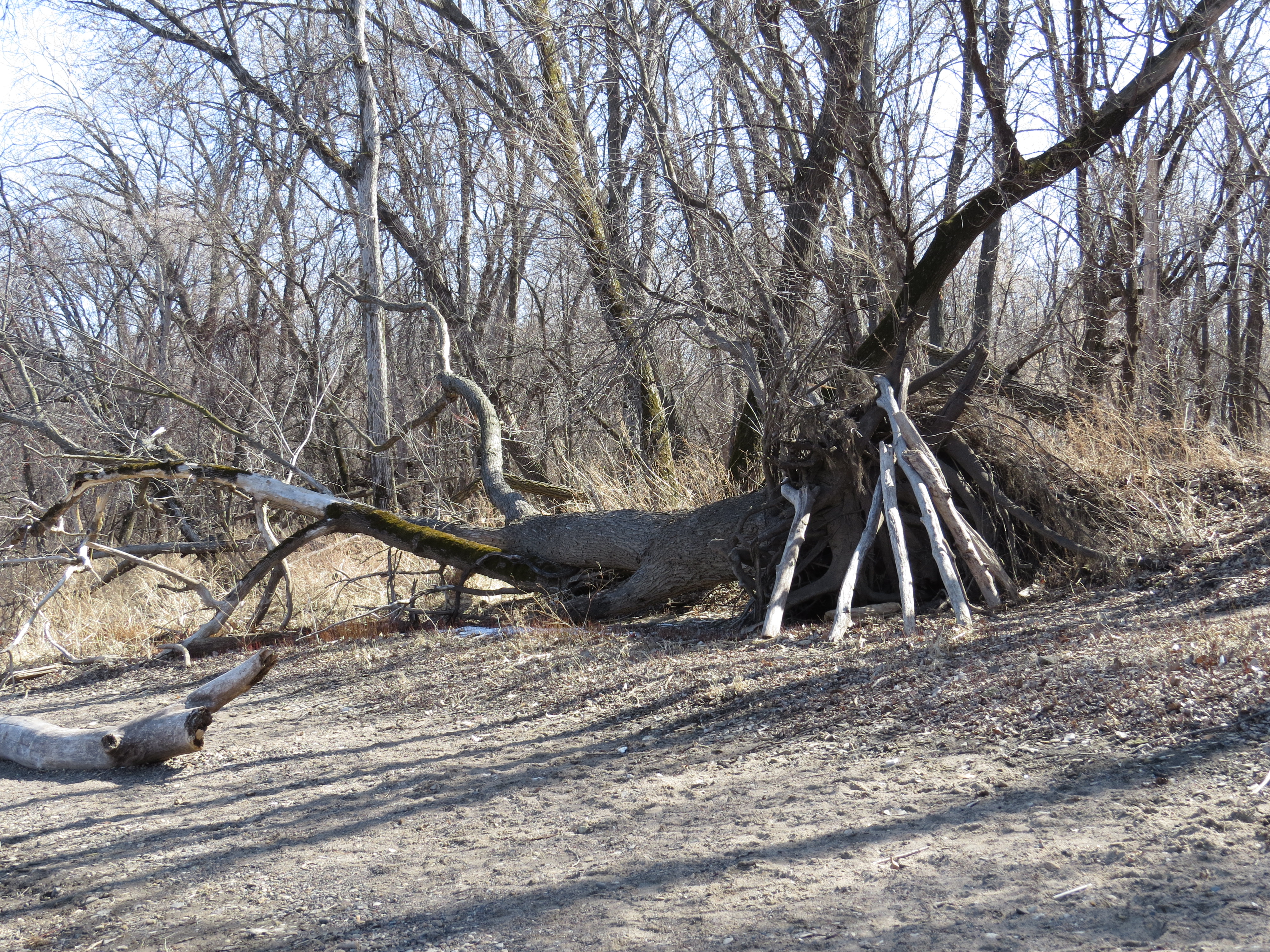
The water was clear and cold, inviting Stacey’s dog to wade and drink at various points along our four-mile trail.
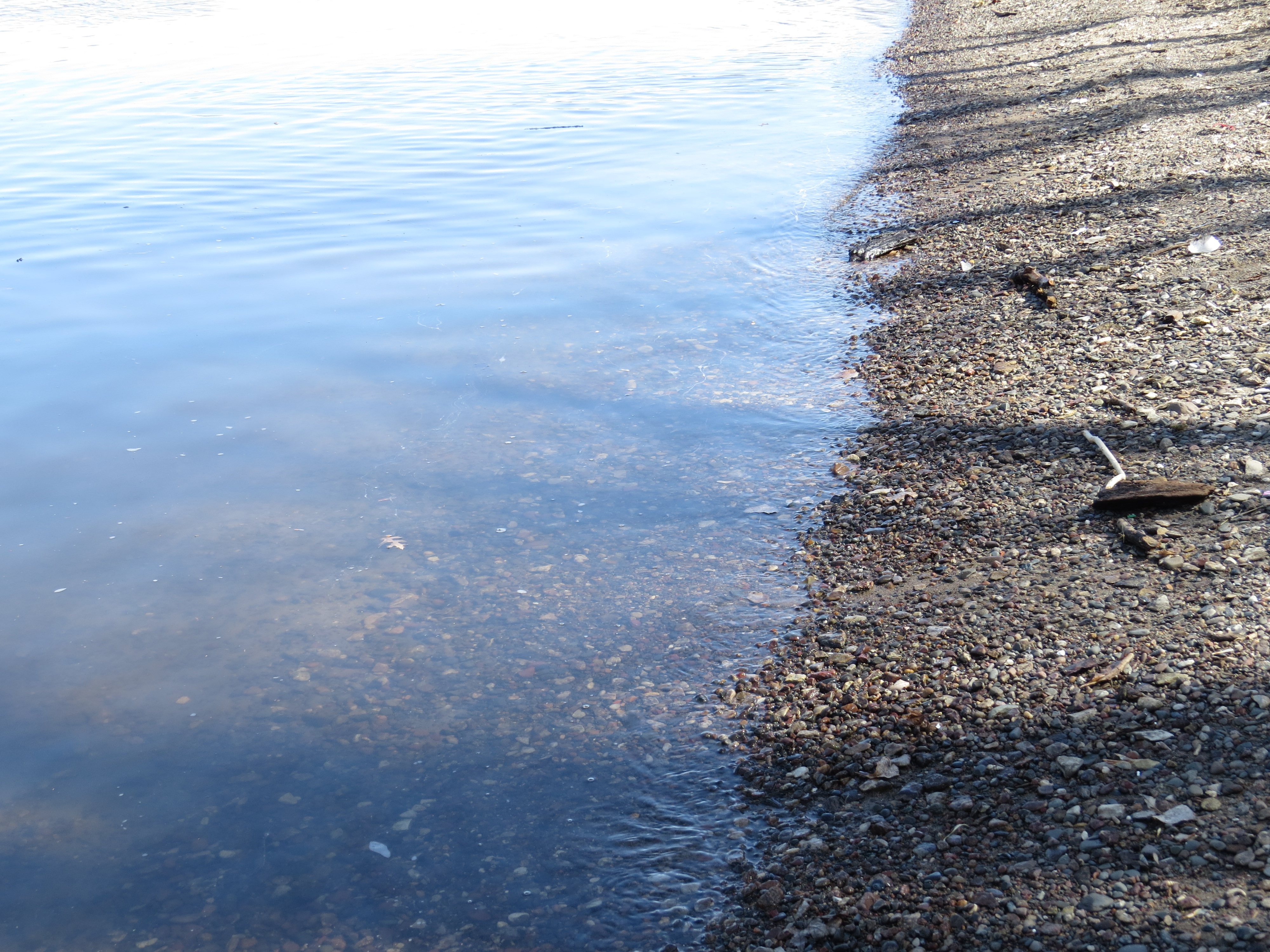
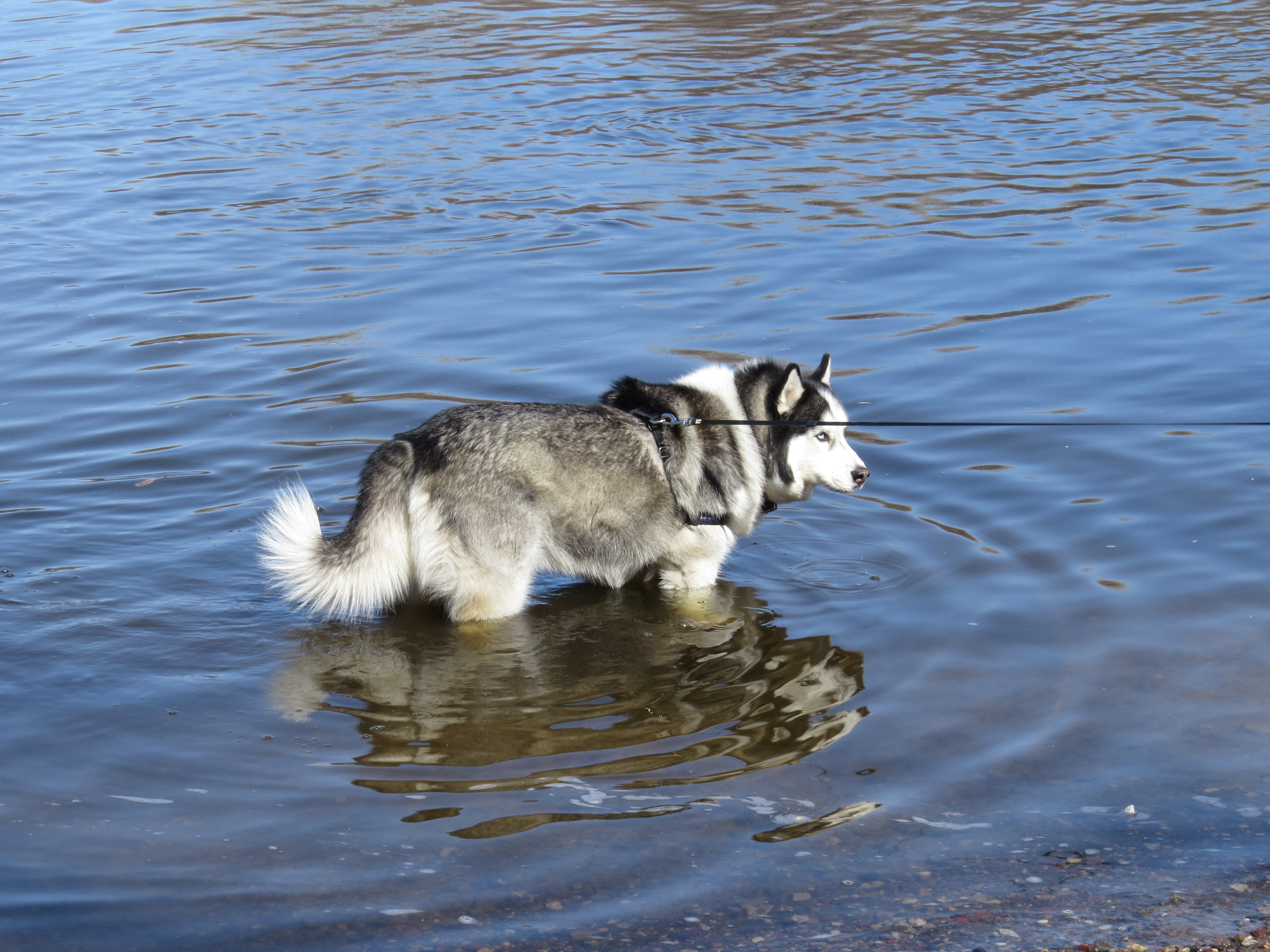
The ice-clear River invited an Eagle to peer from his lofty vantage point into the transparent water for a fresh meal. A bevy of boats and fishermen were also looking for fish along this stretch.
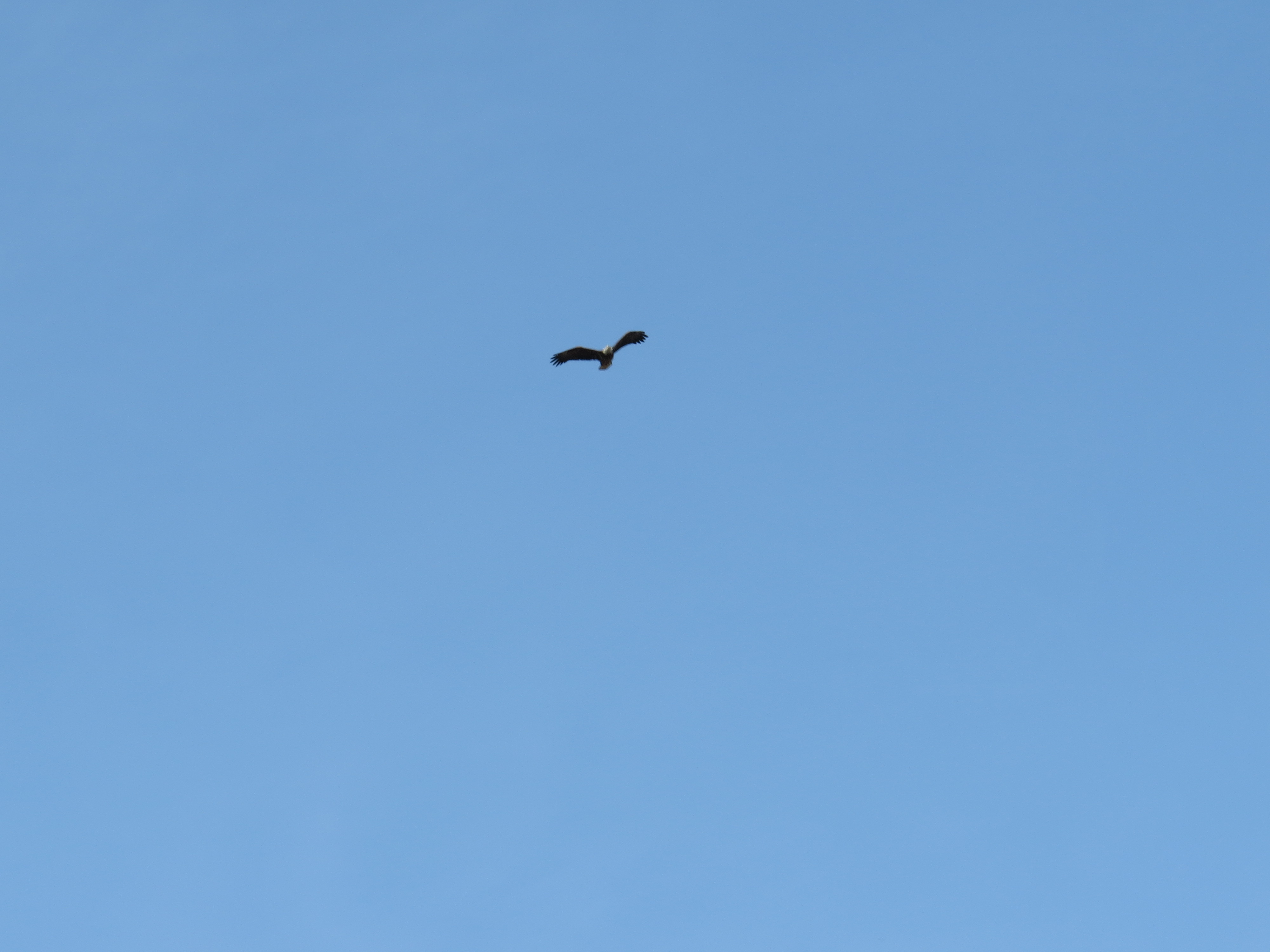
Too late for this one.
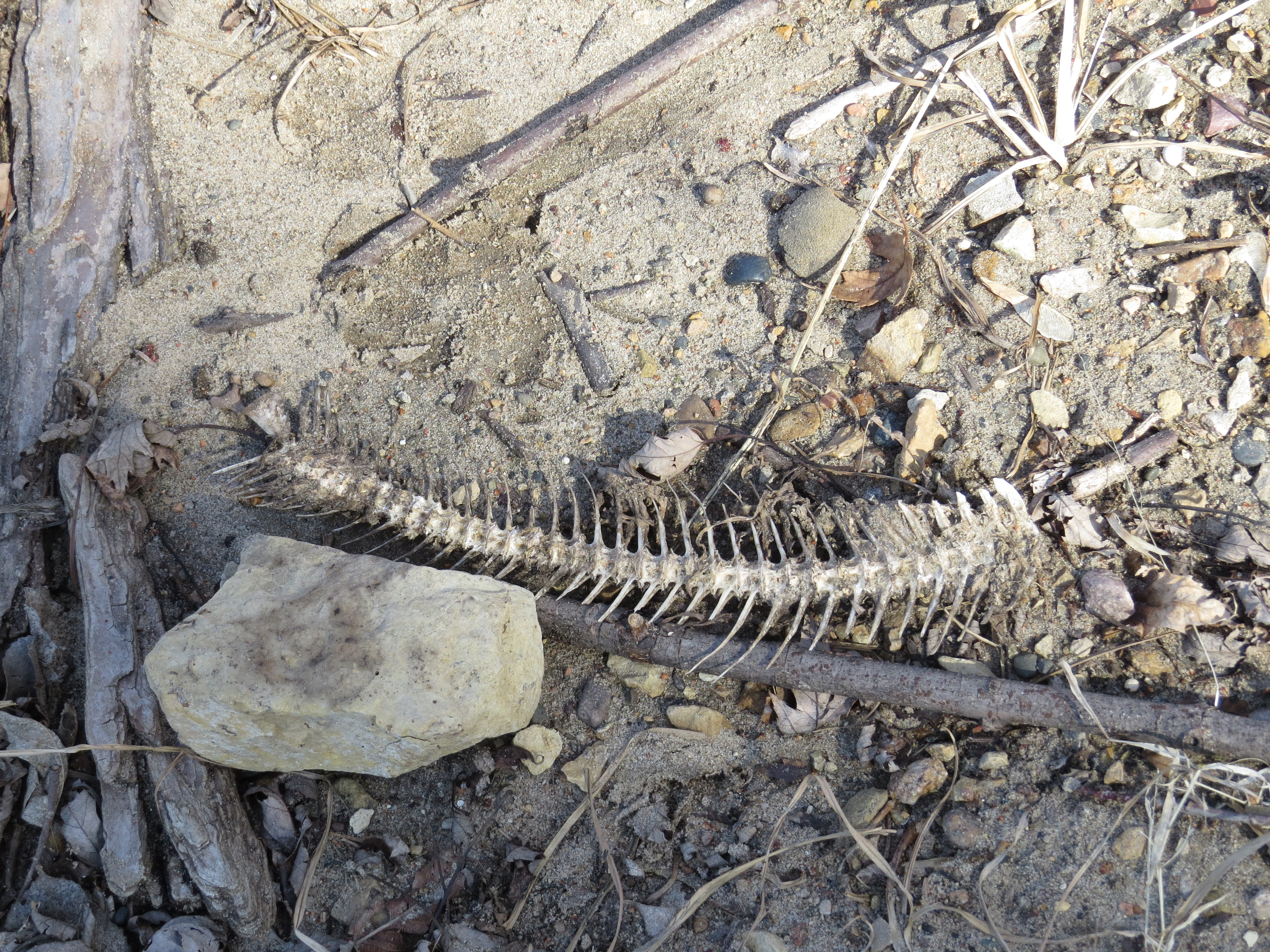
Zoe’s work for the Conservation Corps on this island is removing Ash trees infected by Emerald Ash Borer like this heavily infested tree. The insect ‘trails’ are called galleries—destructive but artful.


At the point of Pike Island, the Minnesota River meets the Mississippi River. The Minnesota was markedly cloudier and discolored compared to the Mississippi. The two big rivers converged to continue their southward flow.


The Minnesota River side of the island was a typical flood plain of large trees and not much underbrush, but like most floodplains, I’m sure the summer vegetation is lush. The fallen trees were in various stages of wear and decay—covered in moss or stripped bare.


As we circled the island, we returned to the beaver and burl side where ambition and tenacity of the beavers were on full display along with hardship and healing of the Cottonwood trees.



The trees were telling us stories—of ambition and hard work, of hardship and stress. The old huge ones cannot live as long as they have without the wear and tear of life showing in their boughs and in their core. And so it is with us. Accelerated growth and learning of childhood. Vigor and zeal of young adulthood. Hard work and hardship of our middle ages. Abnormal growth and artful beauty in confronting pain and grief in our lives. Occasional destruction we cannot recover from, but mostly we heal—somehow, some way. The River of Love nourishes us and sees us through another season, another year.
Seven years ago today I published my first blog post with this quote from Rachel Carson. “Those who contemplate the beauty of the earth find reserves of strength that will endure as long as life lasts. There is something infinitely healing in the repeated refrains of nature–the assurance that dawn comes after night, and spring after winter.” I have more faith and belief in this quote now than I ever have. Thank you to all the readers who have been with me these seven years and to those who have found me since. Nature holds up a mirror to show where we have strayed and gives us a path to healing. Please join me in appreciating, preserving, and protecting the global gallery of Nature’s abundant art.
I missed the first several years of your blog, but am so very grateful to have discovered it. Looking at your pictures and reading your insights into the natural world has become a regular, anticipated part of my week.
Thank you, Denise, for letting me sit at your feet, learning from you as I see the world through your eyes.
Here’s looking forward to the next seven!
Thank you, Bob! It has been my way of looking at the world my whole life, and I am glad to share it with anyone who seeks the beauty and wisdom of Nature. Thank you for reading and for your feedback!